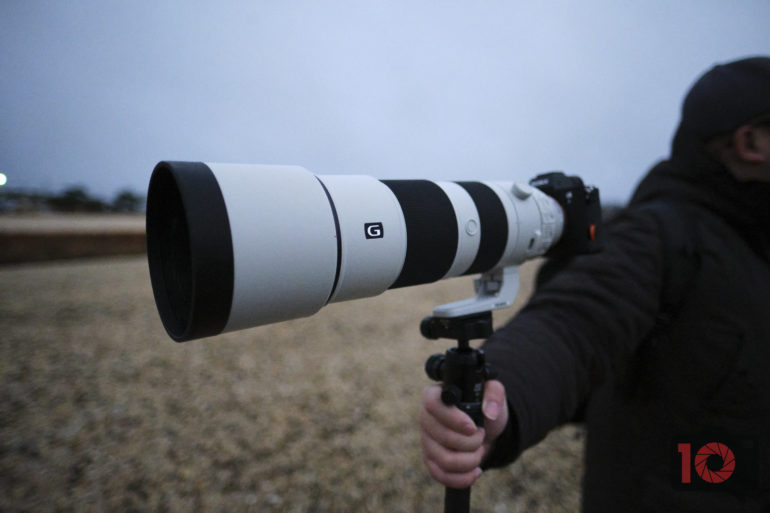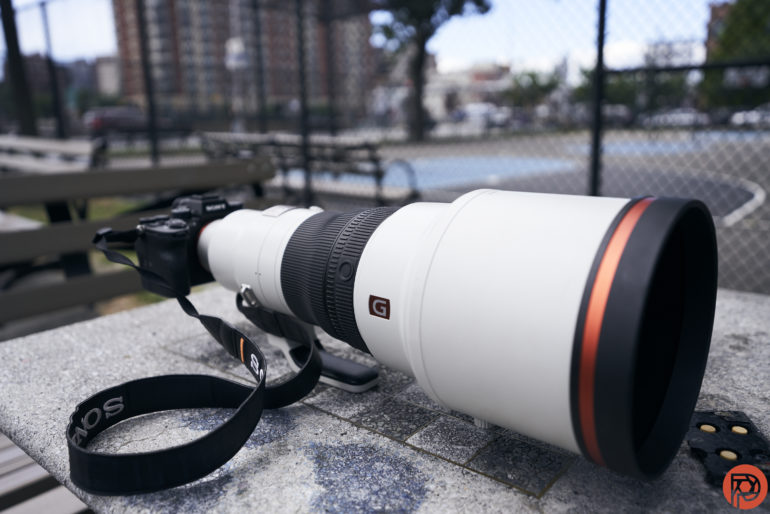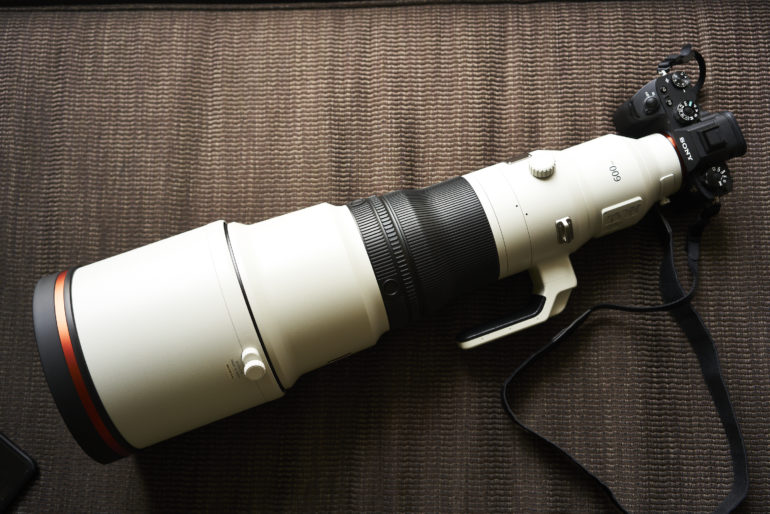
Sony has been the king in the mirrorless segment. They have dominated the market since they first launched mirrorless cameras in 2013, and their progress has been quite visible. The company has some exceptional cameras, which have also been featured in our list of the best bird detection cameras and best cameras for wildlife photography. For the cameras, you also need a great lens that can help you achieve the perfect result. So, we have collated a list, which can be helpful to wildlife photographers.
Sony 100-400mm f4.5-5.6 G Master
The 100-400mm is an APS-C lens, which is 150–600mm equivalent on a 35mm sensor. The lens has been created with 16 groups and 22 elements, 9 aperture blades, and a close focusing distance of 0.98m. The magnification ratio is between 0.12x to 0.35x, can accept a 77mm filter, and is compatible with 1.4x and 2.0x teleconverters. The lens is lightweight at 1,395g, has image stabilization, weather sealing and offers sharpness. The bokeh is great, and the close focusing is ideal for this lens.
Sony 200-600mm f5.6-6.3 G OSS

The Sony 200-600mm is a full-frame lens, featuring 17 elements in 22 groups, and measures 111.5 x 318 mm. The lens has an 11-bladed diaphragm, has a closest focusing distance of 7.88 feet, and a maximum magnification of 0.2x. It weighs 2,115g and has image stabilization via Optical SteadyShot (OSS). Some of the things it is great at is its build, autofocus, and image quality. As we said in our review, “The Sony 200-600mm f5.6-6.3 G OSS Super Telephoto combines snappy and precise autofocusing performance, robust build quality, and stellar image quality into a superb lens that is worthy of being added to any sports and wildlife photographer’s arsenal. The fact that Sony was able to keep it relatively lightweight and compact just adds to its versatility.”
Sony 400mm F2.8 G Master

The Sony 400mm is an expensive, professional lens for wildlife photography. It features 17 groups with 23 elements, can accept a 40.5mm drop-in filter, and angle of view of 6°10. The lens has a 0.52x magnification ratio, a minimum focusing distance of 8.9 feet, and measures 14.3 inches in length. Some of the things it is good at are image quality, being lightweight, having a fast autofocus, and being weather-resistant. “We used it with both the Sony a1 and Sony a7r III and captured photos we were in love with,” as we said. “What’s more, wildlife photographers will never want to put this lens down. We shot a bunch of photos of birds going about their daily lives using this lens.”
Sony 600mm F4 G Master OSS

The 600mm is another professional lens for wildlife photography that features three fluorite elements, two extra-low dispersion elements, and one XA (Extreme Aspherical) element. It comes with 5-axis image stabilization, a magnesium alloy barrel, a minimum focusing distance of 4.5m, and a maximum magnification of 0.14x. It has 11 rounded aperture blades, a 3040g weight, and measures 449mm in length. The lens is lightweight, has a great build quality, fast focusing, image stabilization, and sharpness. As we said in our review, “There isn’t much at all to hate about the Sony 600mm f4 G Master OSS. It’s a more travel-friendly alternative to many competitors from DSLR cameras on the market. It’s also able to use Sony’s fantastic autofocus system to capture subjects moving quickly.”









Smart bankroll management is key, even with exciting options! Seeing platforms like PHLOVE prioritize legit security & easy access via phlove login games is a good sign. Still, always bet responsibly! It’s about fun, not chasing losses.